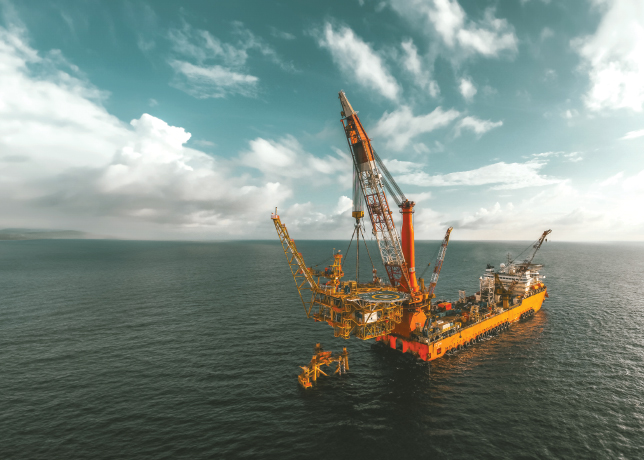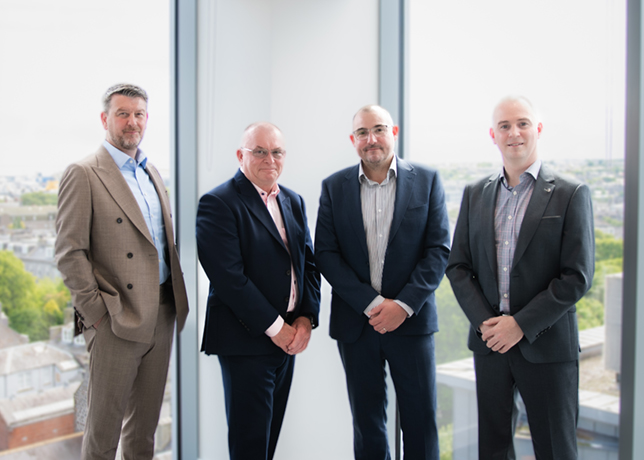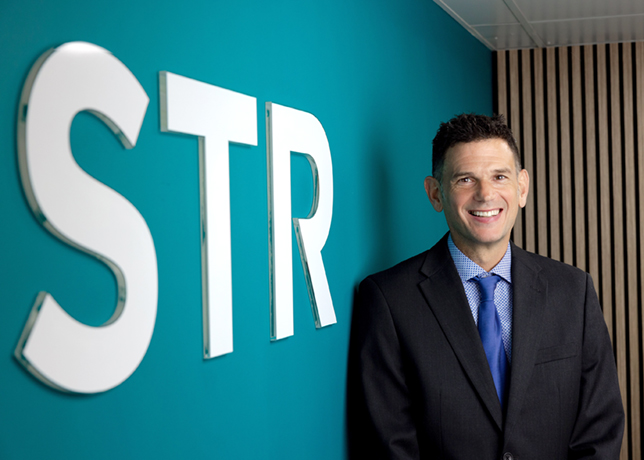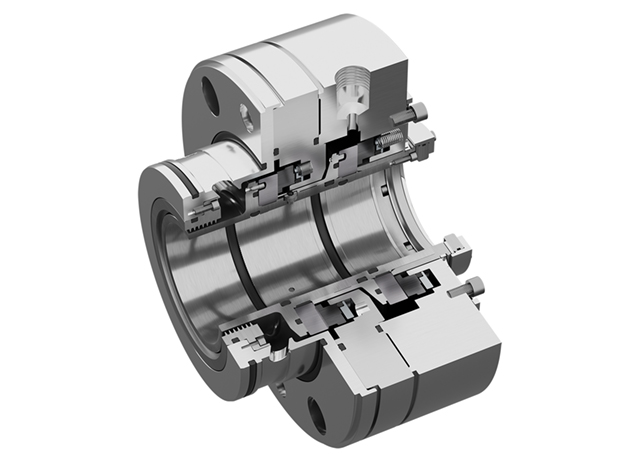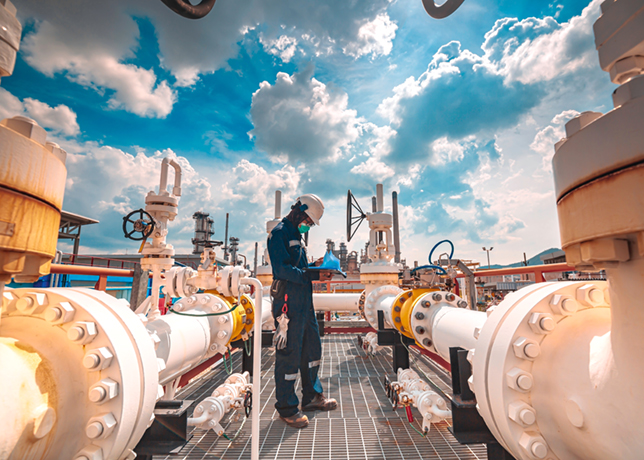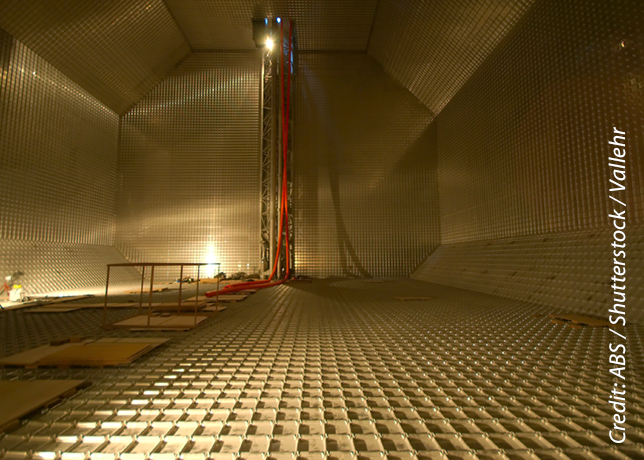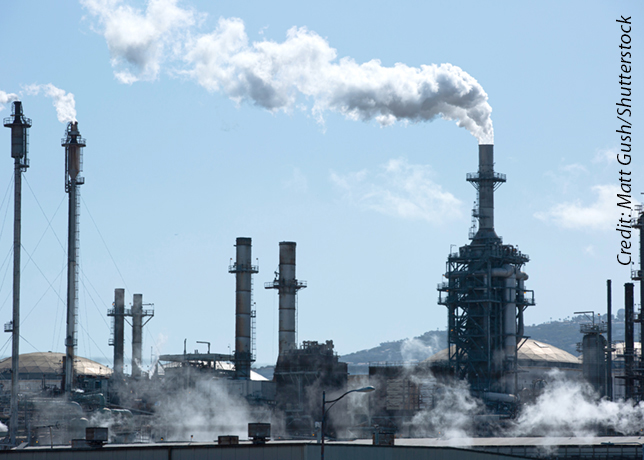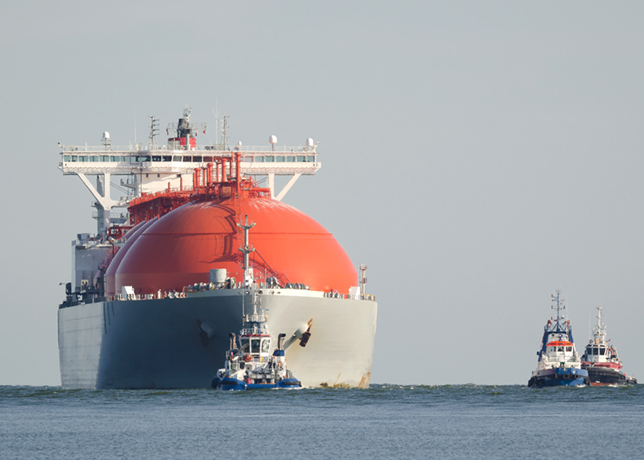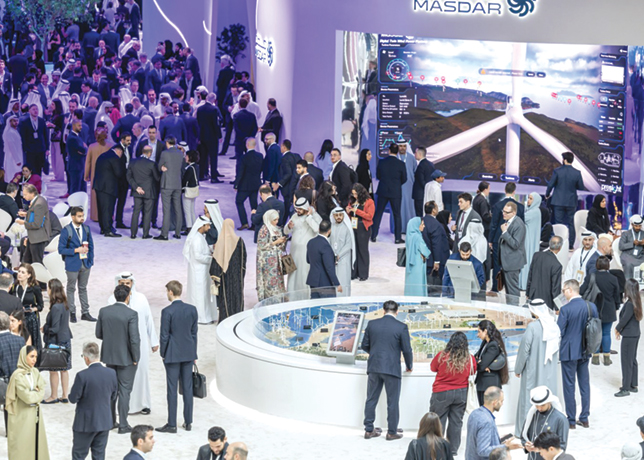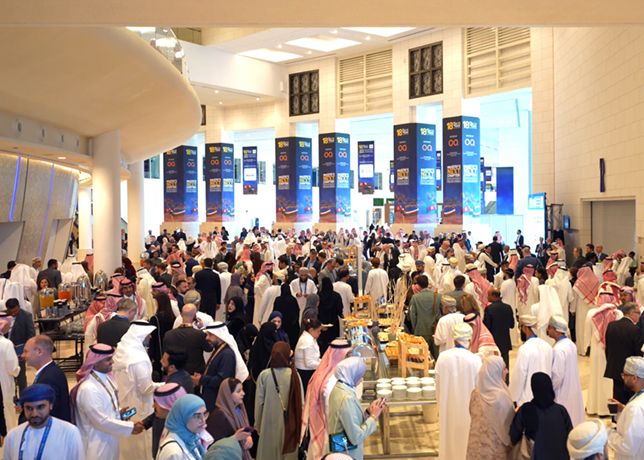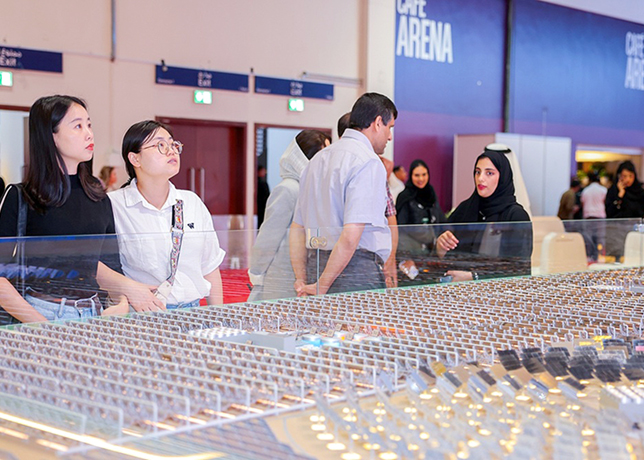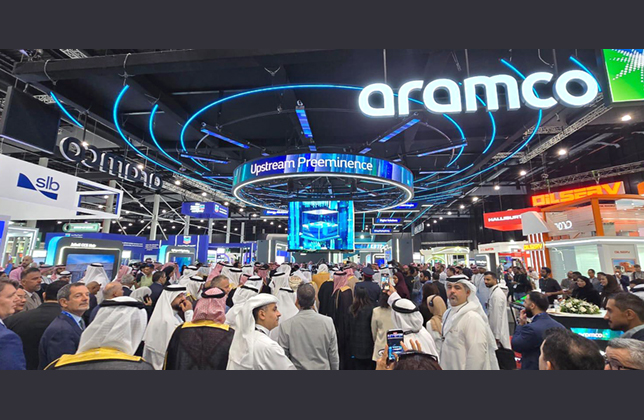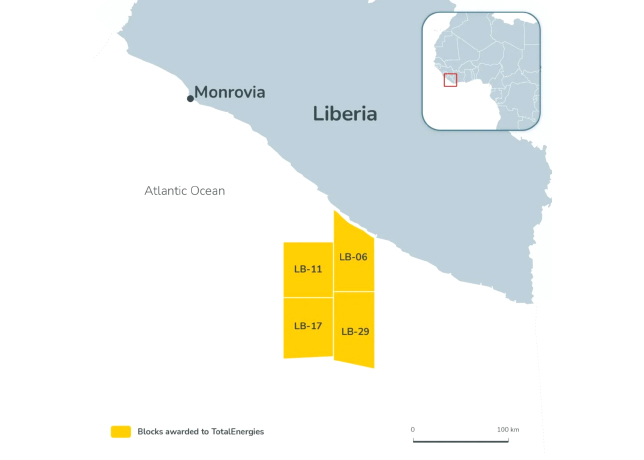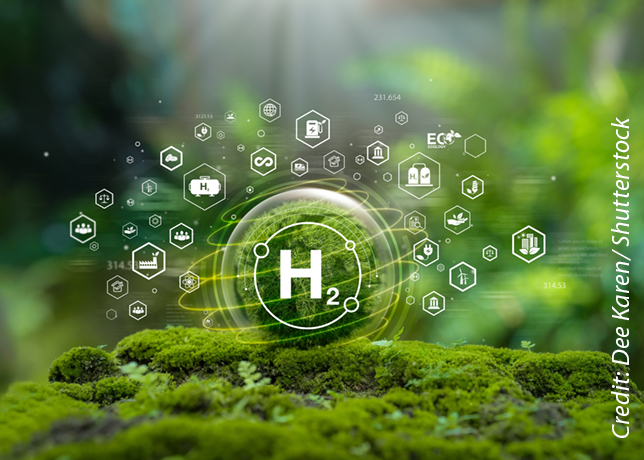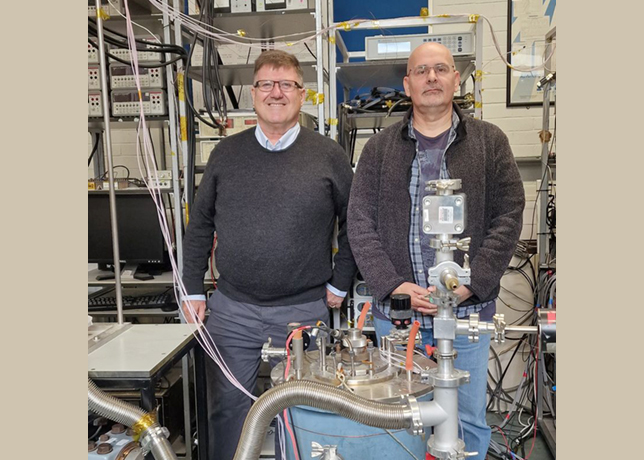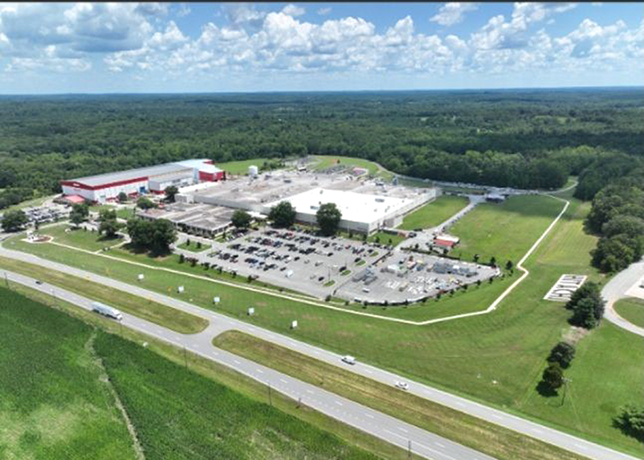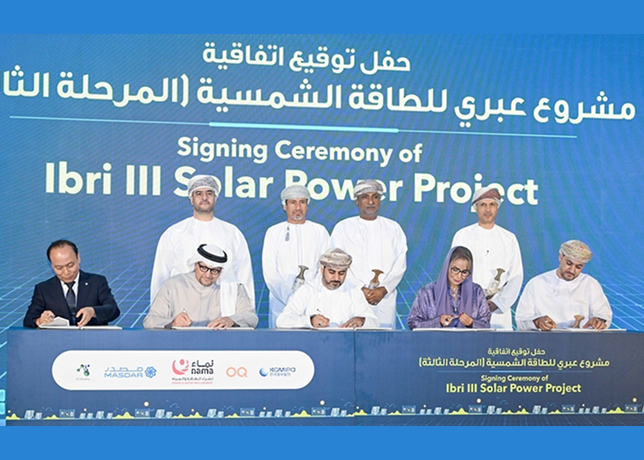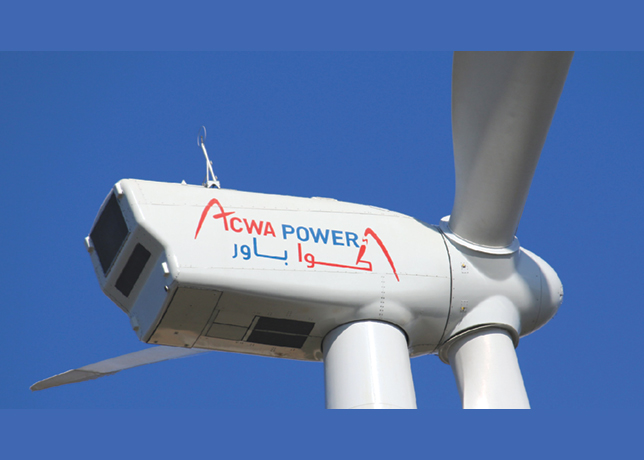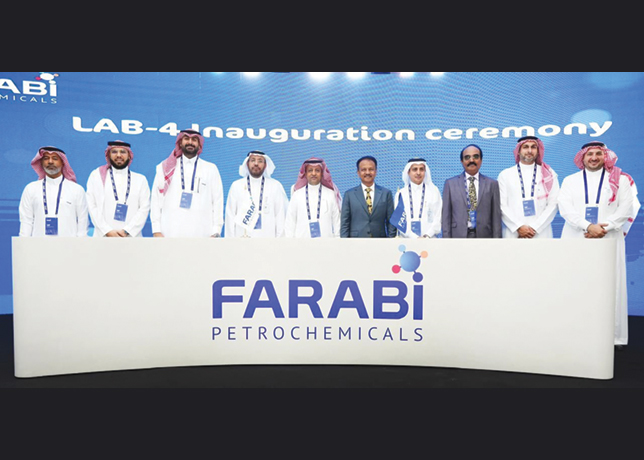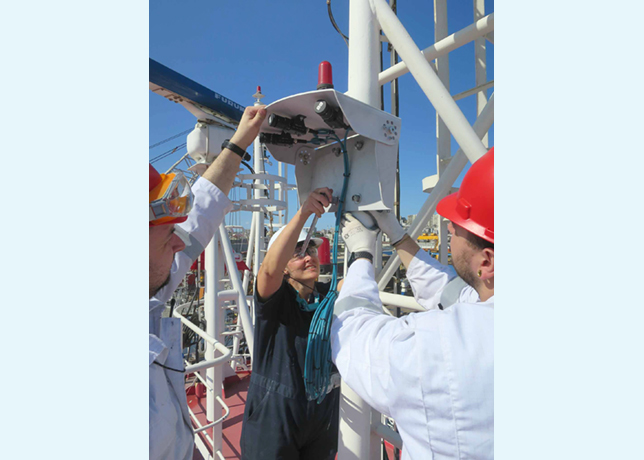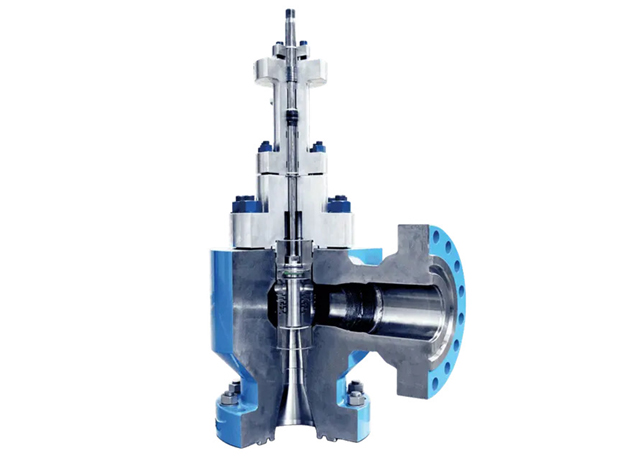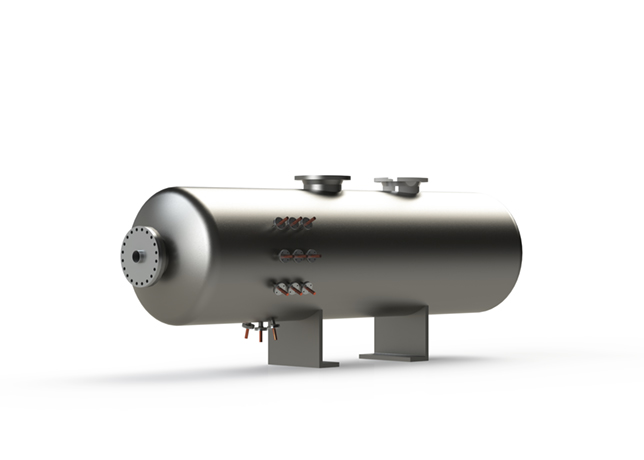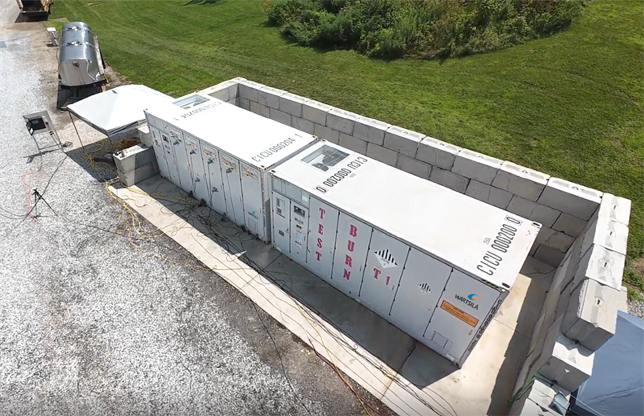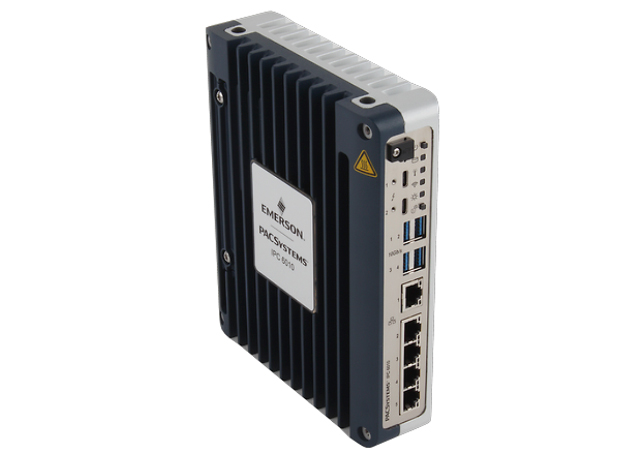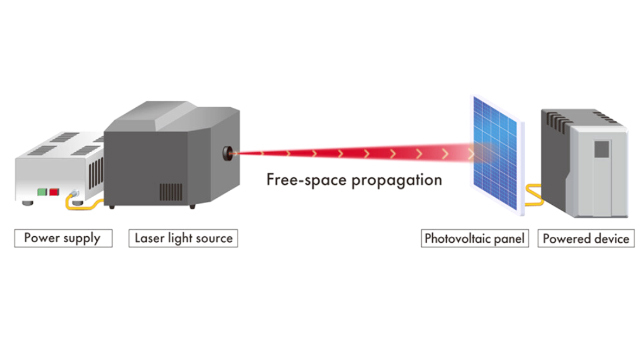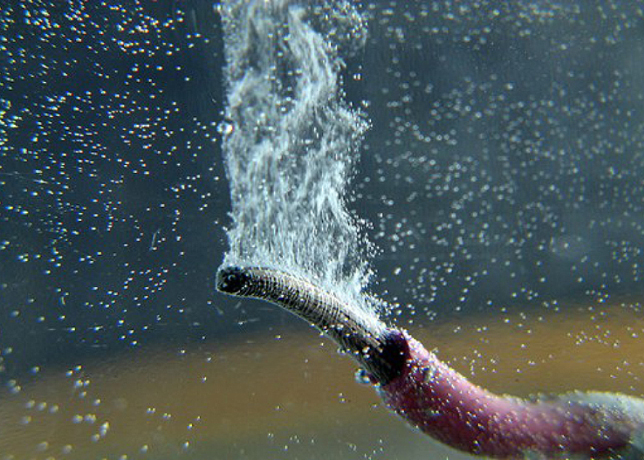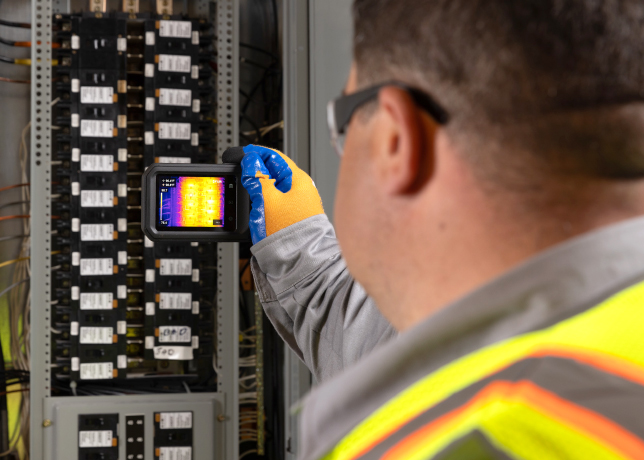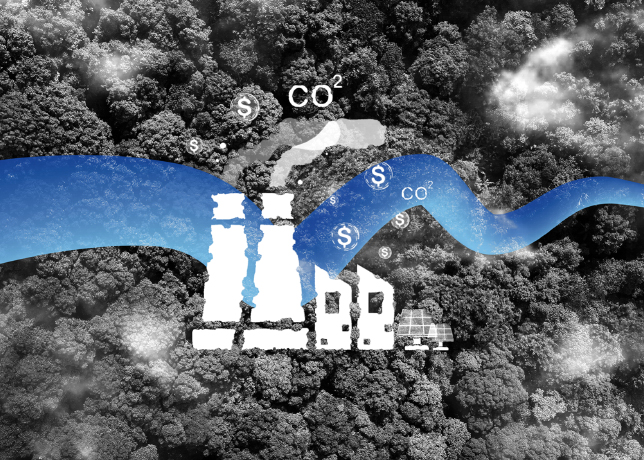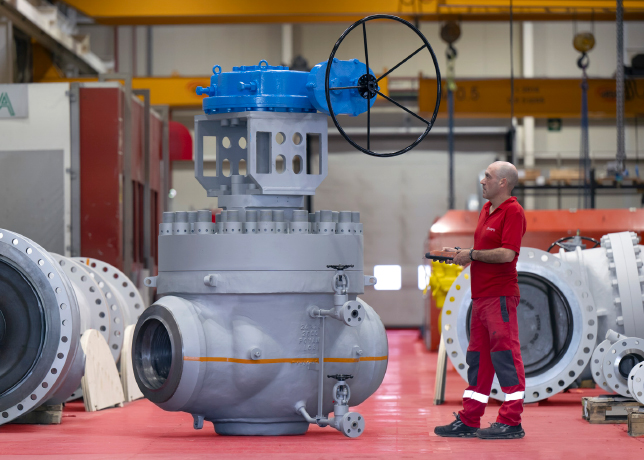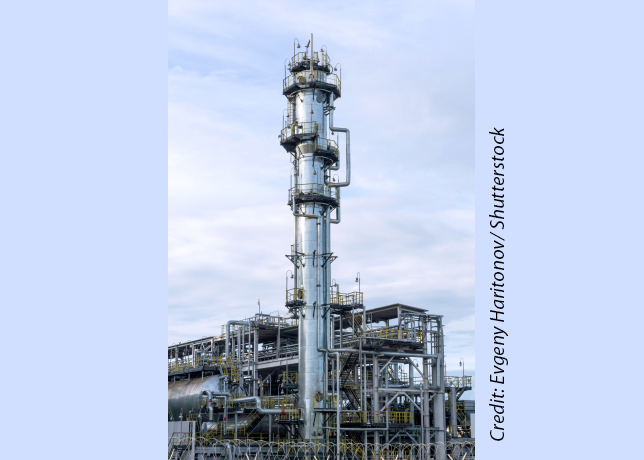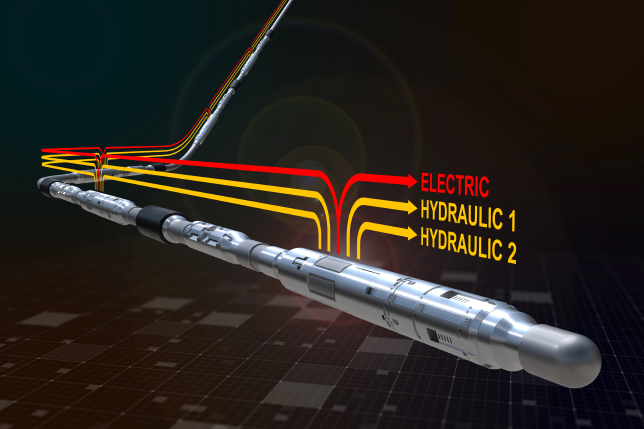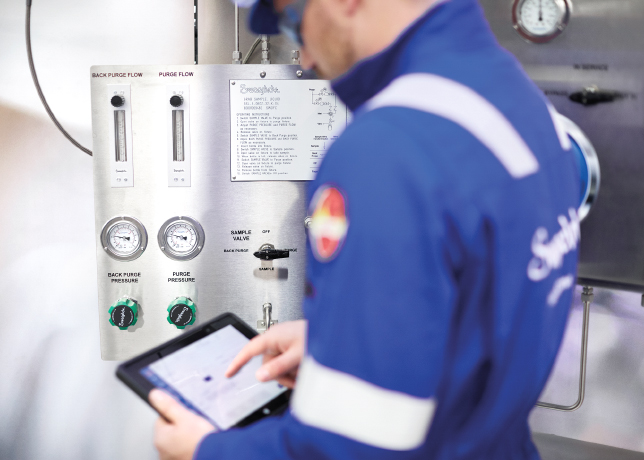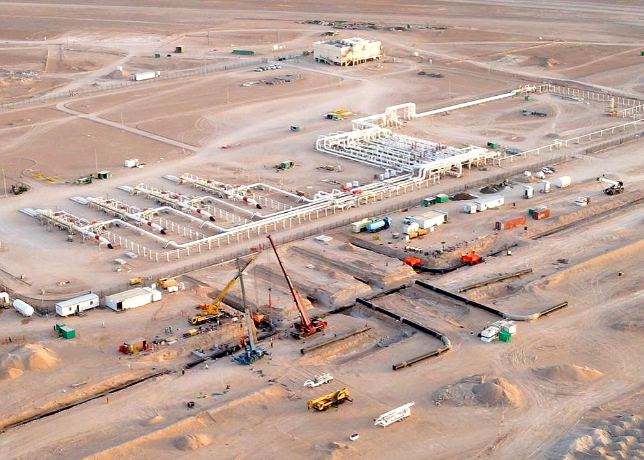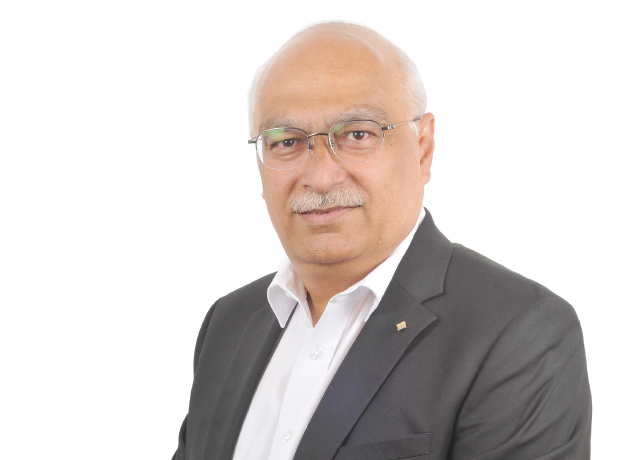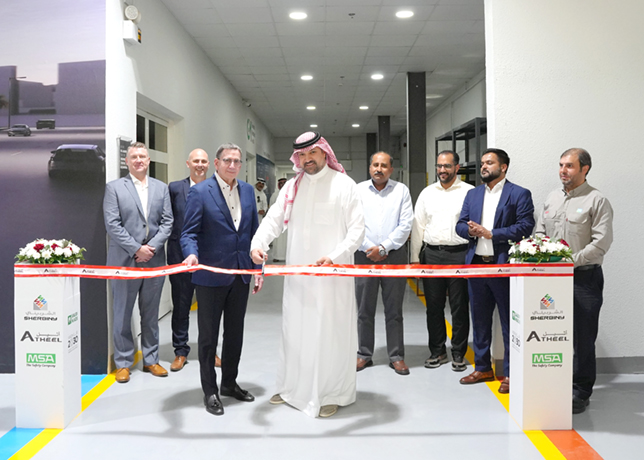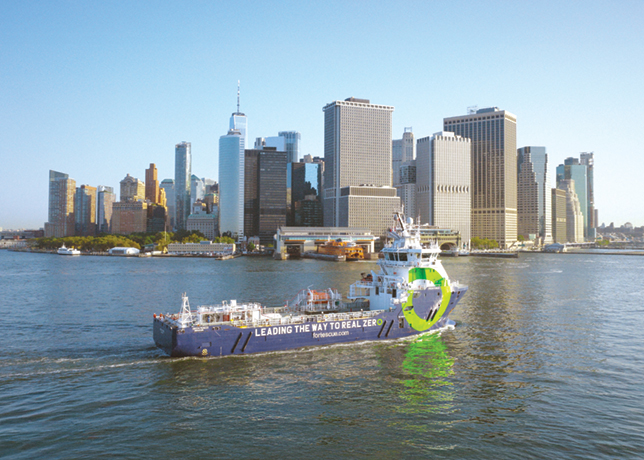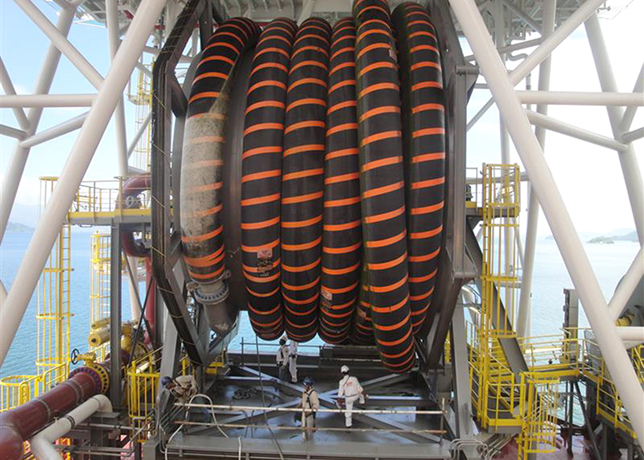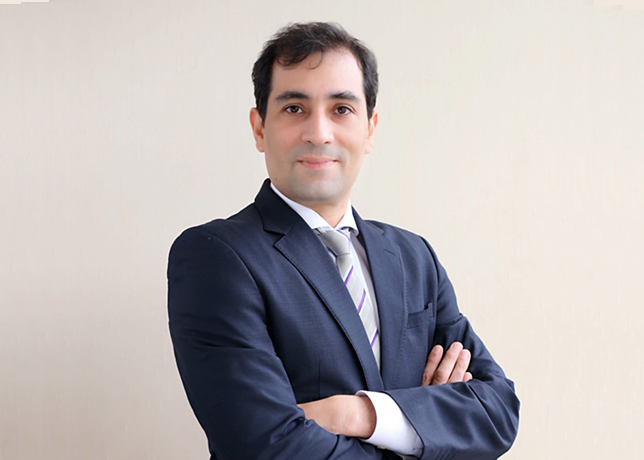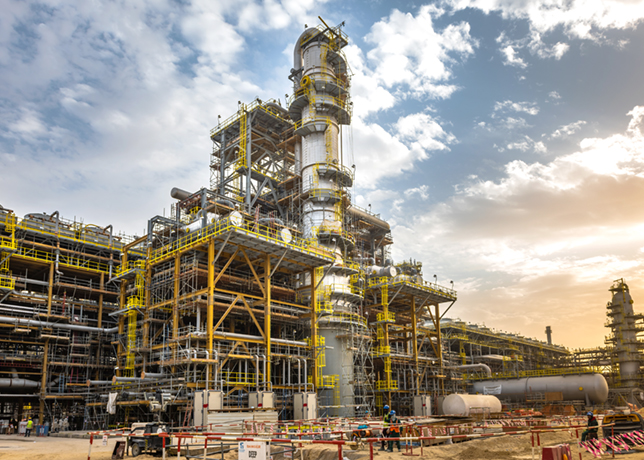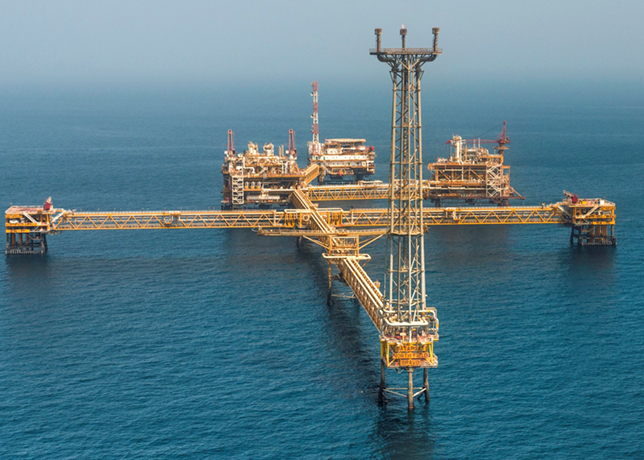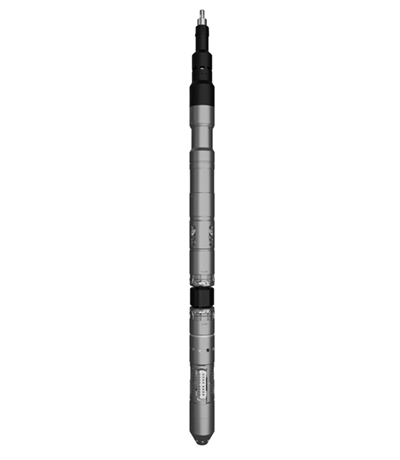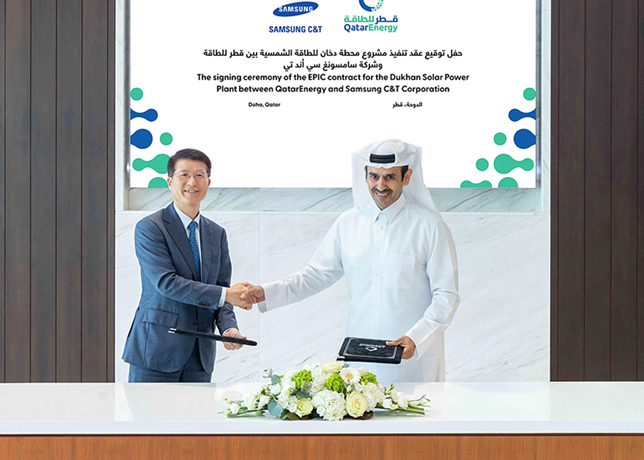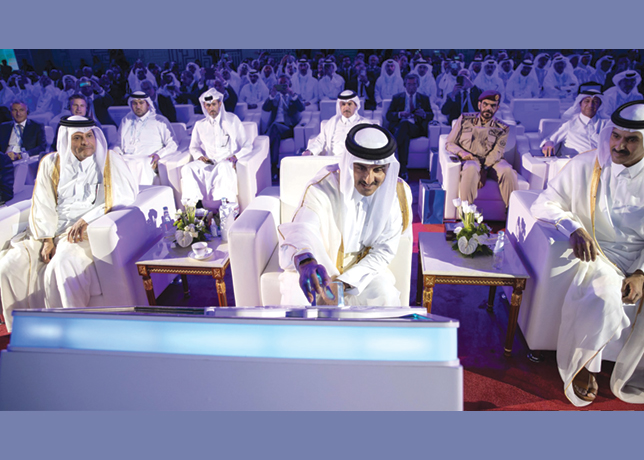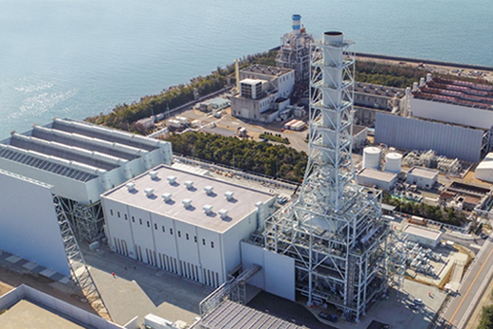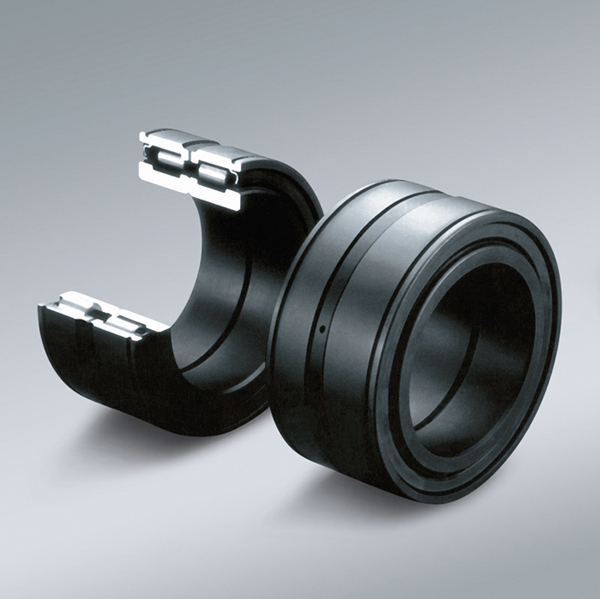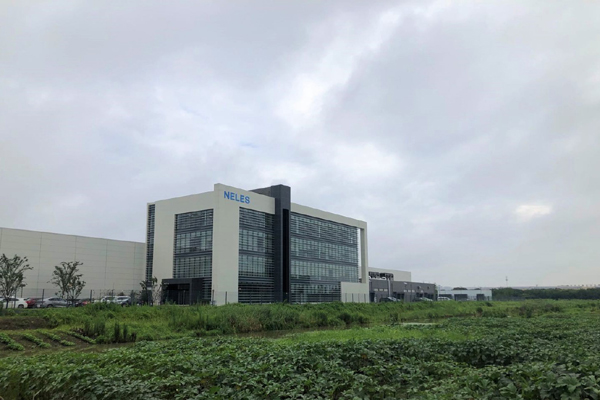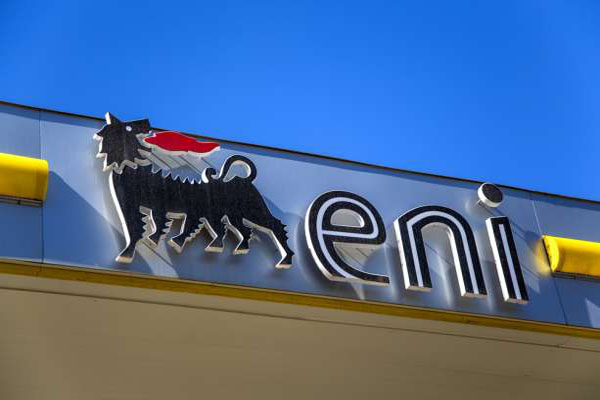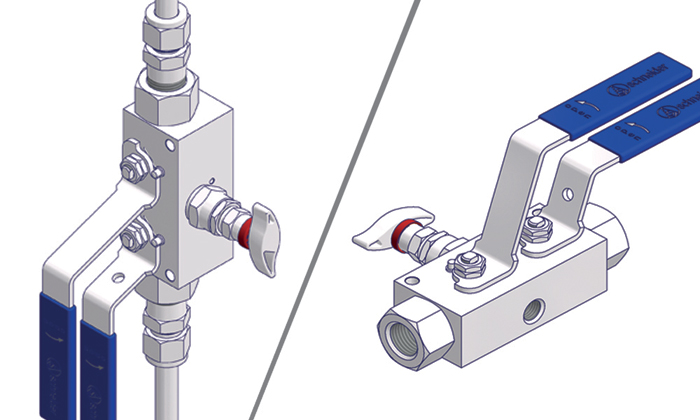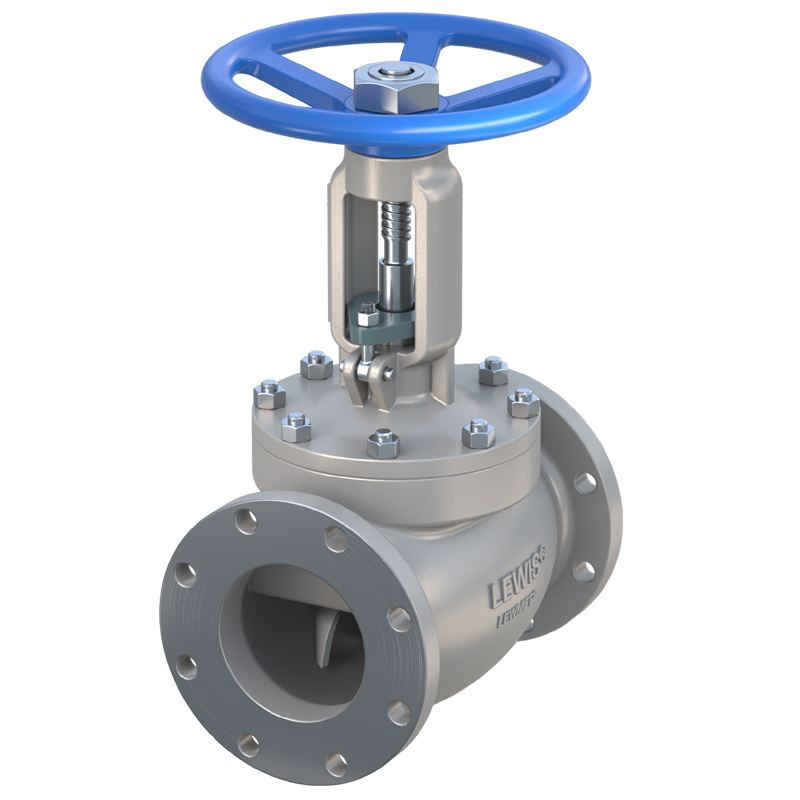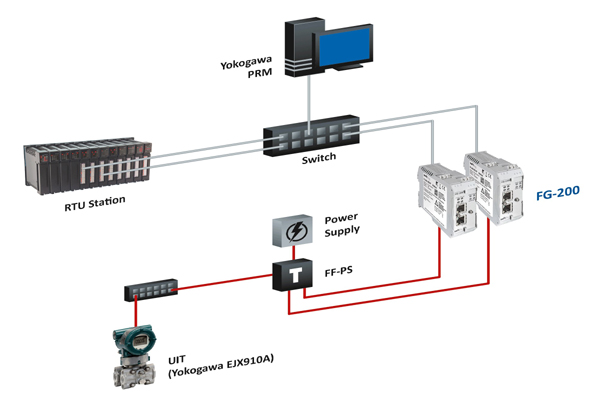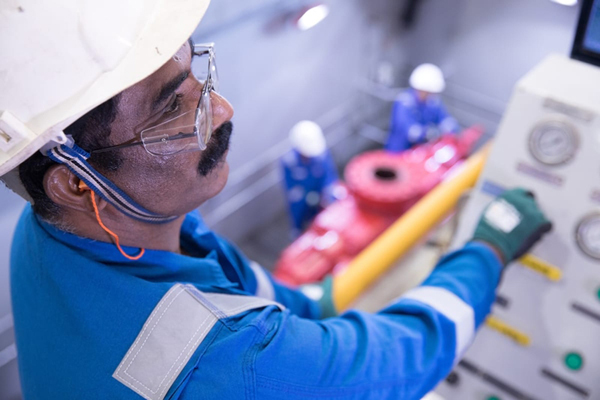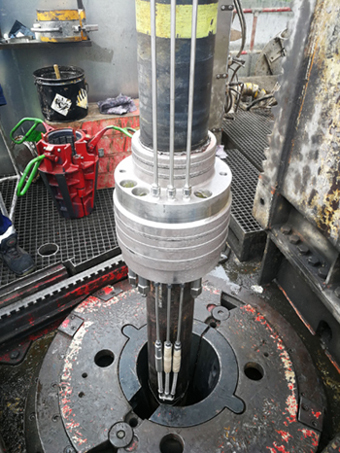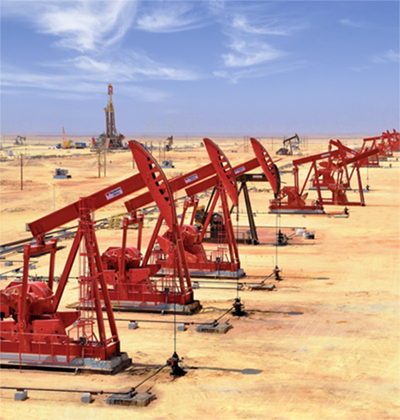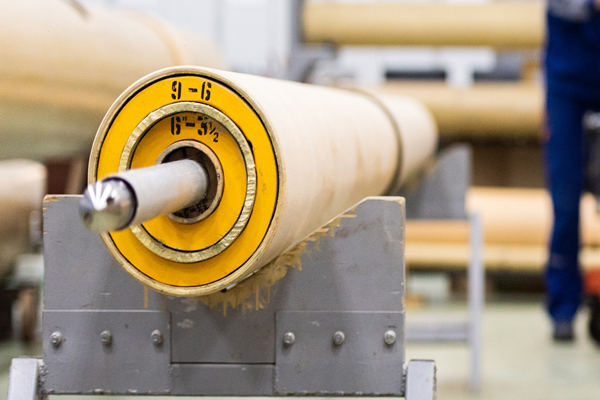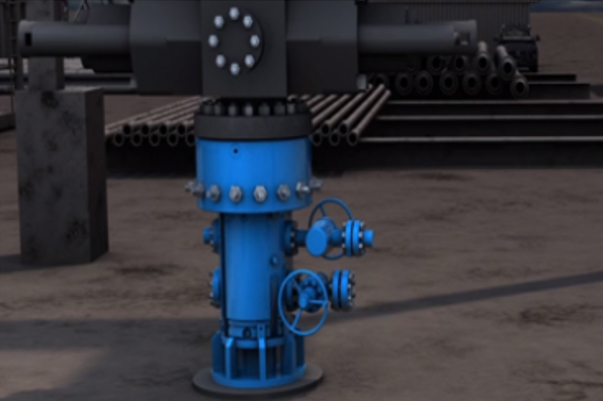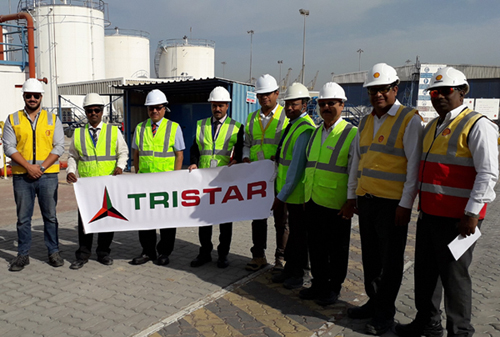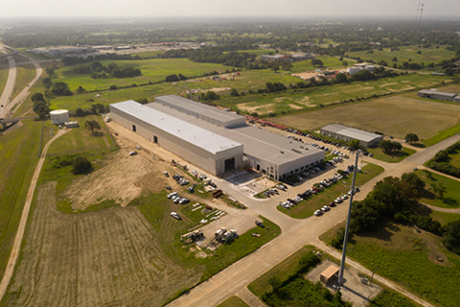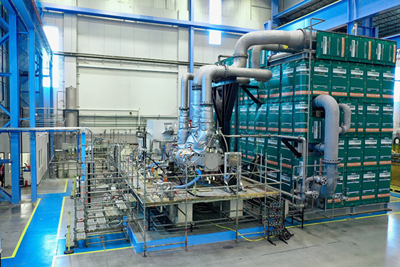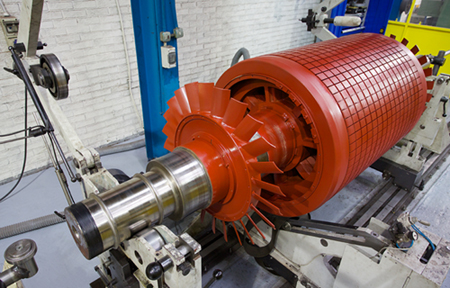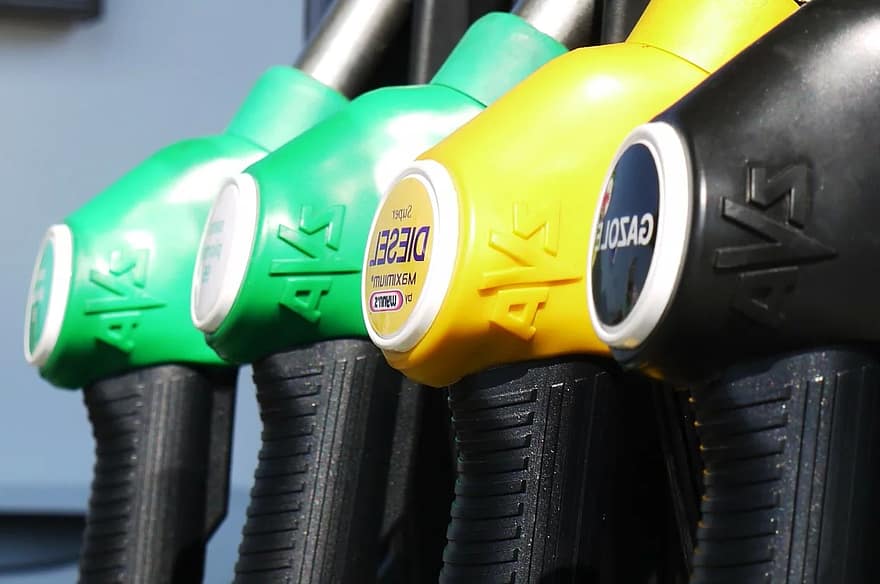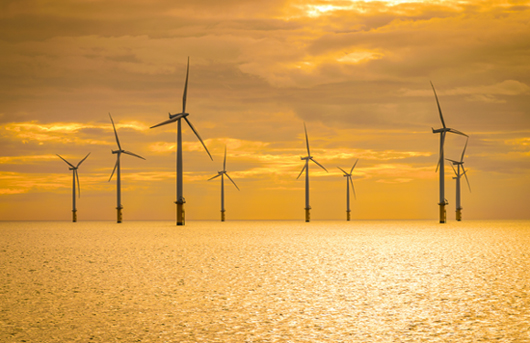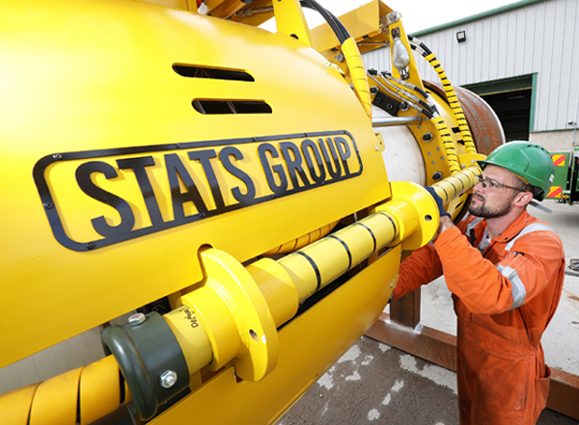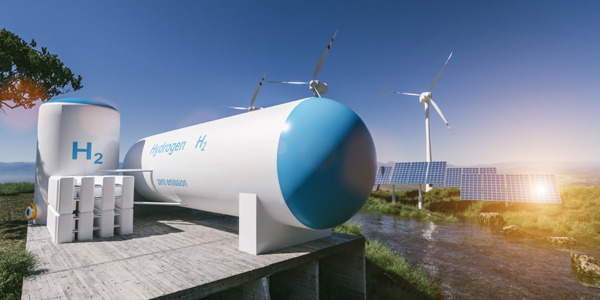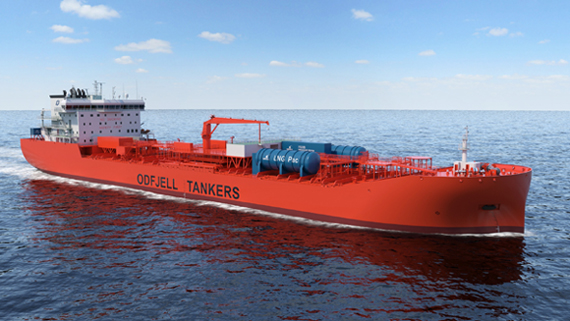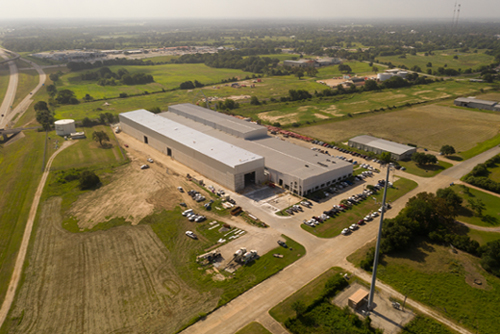
 Bryan Kirchmer
Bryan Kirchmer
CRTS Global’s recent acquisition makes it the only one-stop service provider offering an end-to-end solution for internal and external field joint coatings, Bryan Kirchmer tells OGN
CRTS Global’s acquisition of RAE Coatings marks a pivotal step in its quest to dominate the pipeline coatings industry, integrating advanced external coating technologies with its robotic internal systems to serve expanding oil, gas, hydrogen, and carbon capture markets.
The move positions CRTS as the sole provider of end-to-end field joint coating solutions, targeting high-growth offshore and Middle East regions.
By merging RAE’s proprietary technologies, such as WehoCoat and flame spray PP/PE, with CRTS’s robotic internal coating systems, the company creates a seamless, efficient service that reduces project timelines and boosts client value, Bryan Kirchmer, President of CRTS Global, tells OGN energy magazine in an exclusive interview.
Below are excerpts from the interview:
How does the acquisition of RAE Coatings align with CRTS’ long-term vision, and what new markets or customer segments does this open up for you?
Our acquisition of RAE Coatings is a strategic move to expand CRTS Global’s leadership in pipeline coatings. It aligns directly with our long-term vision to deliver fully integrated internal and external field joint coating services on a global scale.
With expanded capabilities, we are now uniquely positioned to serve a broader customer base across oil and gas, hydrogen, and carbon capture infrastructure, particularly in high-demand offshore markets.
CRTS is now the only one-stop service provider offering an end-to-end solution for internal and external field joint coatings.
How will CRTS integrate proprietary external coating technologies like WehoCoat and flame spray PP/PE with its existing robotic internal coating solutions to create a more competitive offering?
By bringing together RAE Coatings’ external technologies with our robotic internal systems, we are creating a seamless, end-to-end field joint coating solution. These integrated services reduce interfaces, improve project timelines, and increase overall value for clients. Our combined portfolio, including WehoCoat, flame spray PP/PE, and polyurethane systems, allows us to address technical requirements with greater efficiency and precision.
With the offshore pipeline sector expanding, particularly in deepwater projects, how does CRTS plan to maintain its technological edge against competitors?
Our edge comes from experience, scale, and continued innovation. We continue to strive for best-in-class quality through automation and seamless integration with the general contractors.With the integration of RAE’s field-proven external field joint solutions CRTS Global has strengthened our offshore and spool base capabilities and capacity to better support deepwater projects worldwide.
How is CRTS adapting its coating technologies to meet the evolving demands of the global energy market?
We are evolving in parallel with our customers. CRTS is actively adapting its coating technologies to support hydrogen, CO2, and multi-product pipelines, while continuing to deliver reliable solutions for natural gas and crude oil. The flexibility of our systems, combined with new material capabilities, ensures we are ready to meet changing infrastructure demands without compromising performance, quality, or safety.
The Middle East, especially the Arabian Gulf, is investing heavily in new oil, gas, and hydrogen pipelines. How does CRTS plan to capitalise on this growth, and what role will your Dubai operations play in this regard?
Dubai is our operational and strategic hub for the region. The Middle East remains a core market for CRTS as it hosts several national oil companies, concentrating our customer base and allowing bigger results from focused sales efforts. We have the world’s largest robotic fleet of internal coating machines and a growing inventory of external field joint equipment in the region. Our expanded capacity and strategic locations allow us to mobilise quickly for projects across the GCC and beyond. Our enhanced capabilities following the acquisition allow us to support complex pipeline programs with faster deployment, higher localisation, and integrated delivery from start to finish.
How have global geopolitical events impacted the demand for pipeline coatings?
While geopolitical developments have altered global energy dynamics, they do not appear to be the primary factor influencing demand for pipeline coatings. The more significant driver is that new asset owners in these regions realising the proven financial benefit of using internal coatings as a corrosion strategy for corrosive products compared to the traditionally more expensive use of chemical treatment for the life of the pipeline.
How are advancements in automation and AI shaping the future of pipeline integrity, especially in harsh environments like deepwater or Arctic projects?
CRTS has been a pioneer in the development of untethered, remote-operated robotic machines for internal pipeline coating applications. Our recent efforts include bringing AI solutions to our space where we can improve inspection capabilities and results as well as capitalising on edge computing techniques.
There is no question that the use of AI will improve our equipment’s performance, accuracy, and capabilities in our future robotic coating equipment which will help improve efficiency and quality in the pipeline construction industry.
How is CRTS innovating to support the energy transition while maintaining durability in traditional oil and gas applications?
CRTS maintains close relations with the material manufacturers to stay abreast of the latest coating technologies with the intent to make sure we can apply the new coatings being introduced to the market. Many of the new coating materials present new challenges for application which may include new ratios, temperature control, pot life, or other operating parameters. CRTS remains focused on solutions that meet evolving technical standards across all pipeline types.
Are there eco-friendly coating materials or application processes CRTS is developing to reduce environmental impact without compromising performance?
CRTS does not develop coating technologies. However, one of the most meaningful sustainability contributions we support comes from the spread of using internal coatings for pipelines as a corrosion strategy. Internally coated pipelines do not need as many, or in some cases any, chemical additives to manage corrosion for the life of the pipeline. Reducing reliance on these chemicals conventionally used for corrosion prevention minimises chemical manufacturing, chemical transportation, and the release of the chemicals into the atmosphere.
How is CRTS addressing industry challenges like cost pressures, stricter environmental regulations, and skilled labour shortages?
CRTS continues to look for more cost-efficient service delivery to support the cost pressures of pipeline construction. The best cost saving reality for asset owners comes from shifting the corrosion strategy from chemical treatment for the life of the asset to spending a little more on the project initially to internally coat the pipelines and save on the operational expense of chemical addition for decades. Asset owners that spend more to build the asset with internal coatings will recognise large savings from the reduction of chemical treatment over the life of the asset thus reducing the operational expense for decades and reducing the total cost of ownership.
Do you see other emerging hotspots for offshore pipeline projects?
Beyond our established operations in the Middle East, Brazil, Guyana, and the Gulf of Mexico, we see growing activity in Southeast Asia and the Eastern Mediterranean. These regions are building out LNG and hydrogen infrastructure, and CRTS is well-positioned to support them with globally deployable, high-performance coating solutions.
Do you foresee further consolidation in the pipeline services sector, and could CRTS explore more M&A opportunities?
CRTS Global’s acquisition of RAE Coatings is a clear example of how we are adding value through scale, capability, and operational alignment. We remain open to future acquisitions that strengthen our portfolio, extend our geographic reach, or enhance our ability to serve clients with their pipeline field joint needs.
By Abdulaziz Khattak




